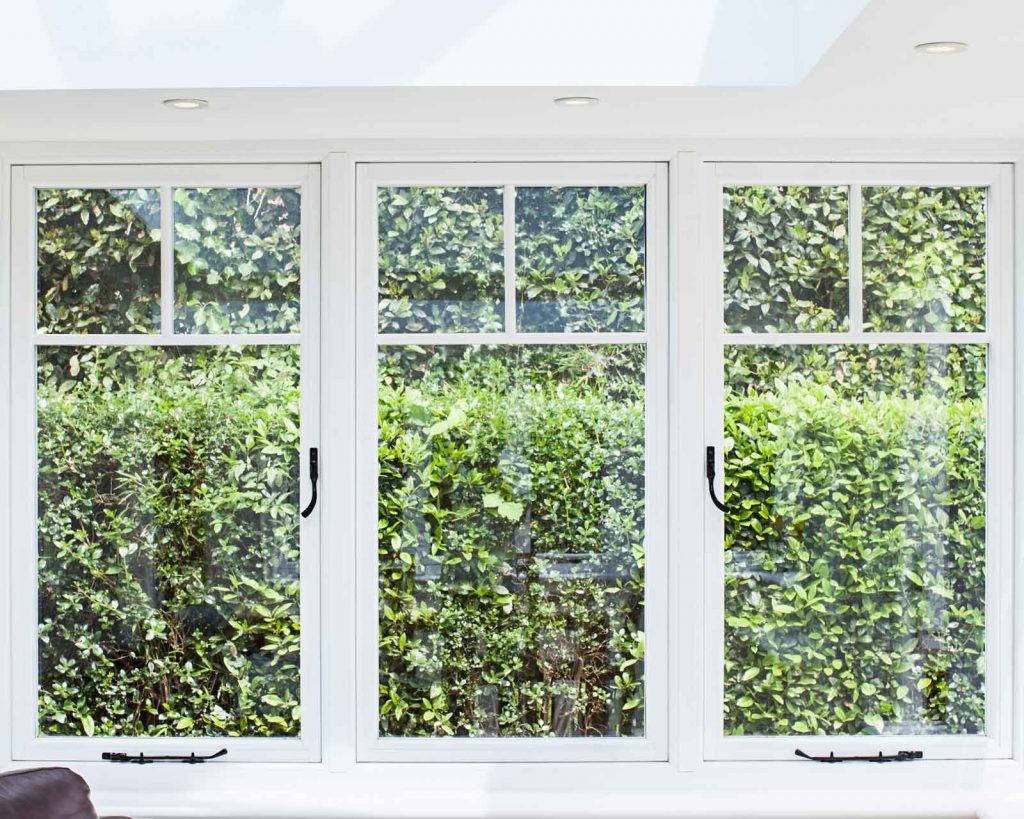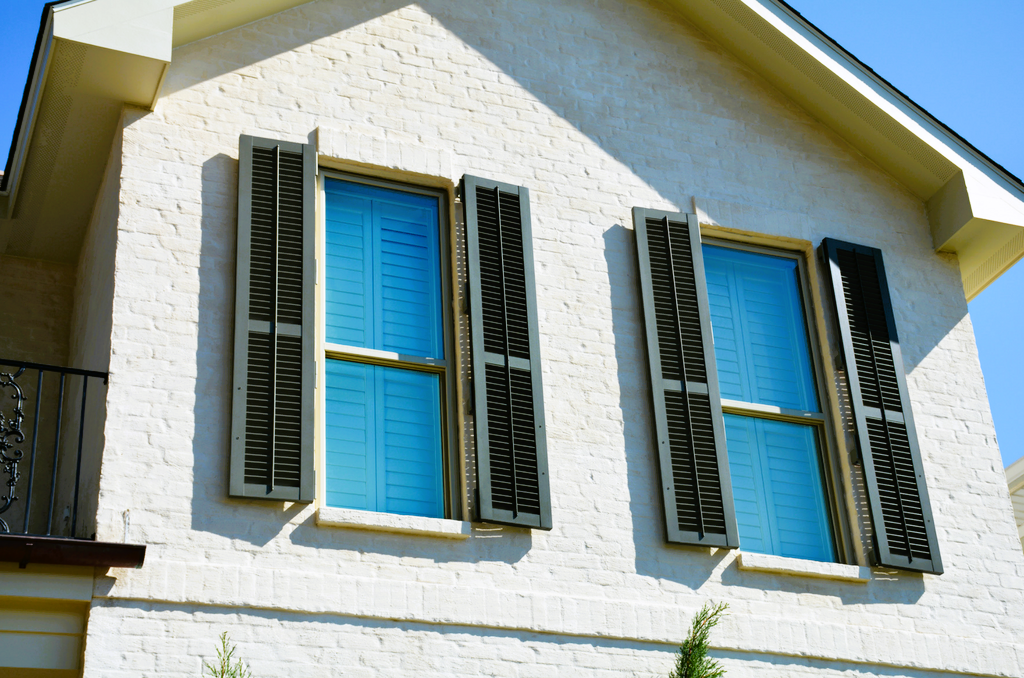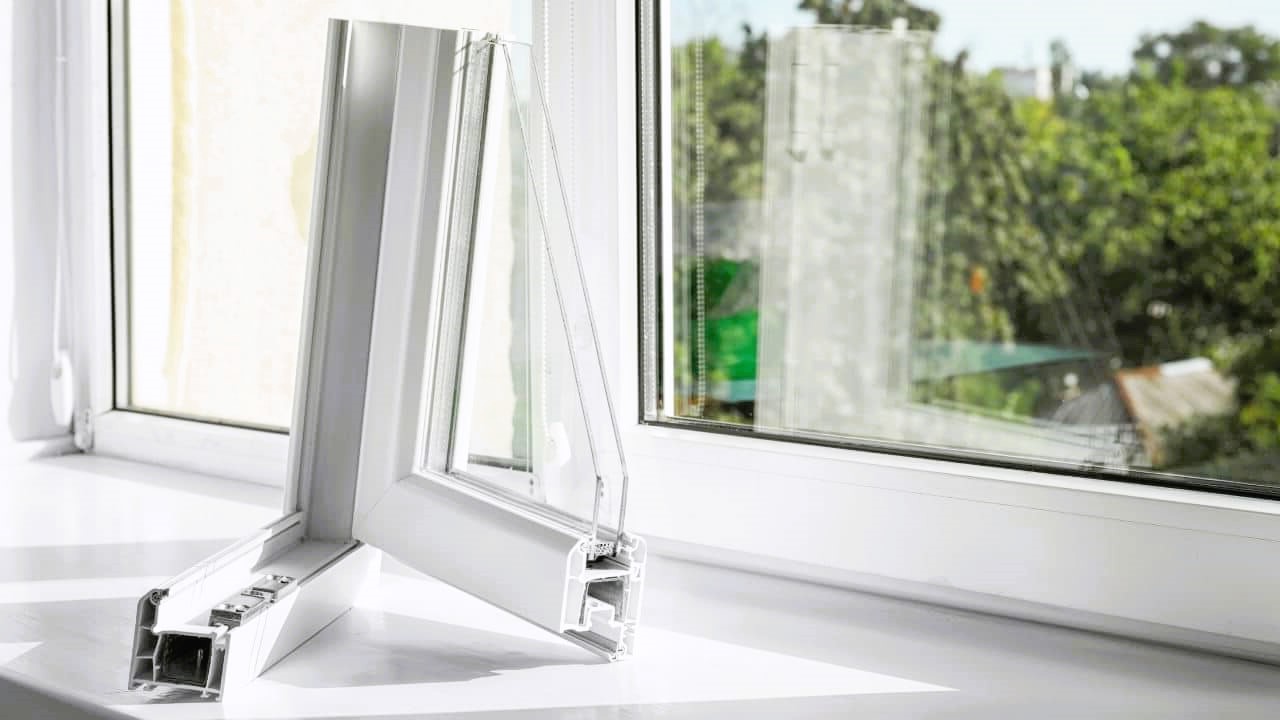When choosing plastic windows for your home or building, it’s important to consider a number of factors, including energy efficiency, durability, and style. One important consideration that is often overlooked is sunlight exposure. Depending on the location and orientation of your home or building, the amount of sunlight that your windows receive can have a significant impact on the performance and lifespan of your plastic windows. In this article, we’ll explore how to choose plastic windows considering sunlight exposure.
Understanding Sunlight Exposure
Before we dive into how to choose plastic windows based on sunlight exposure, it’s important to understand what we mean by sunlight exposure. Sunlight exposure refers to the amount and intensity of sunlight that a window receives throughout the day. The amount of sunlight that a window receives can impact the amount of heat and light that enters the space, which can in turn impact energy efficiency, comfort, and even the lifespan of the window itself.

Choosing Plastic Windows Based on Sunlight Exposure
Now that we understand the importance of sunlight exposure, let’s explore how to choose plastic windows based on this factor.
- North-Facing Windows
North-facing windows receive the least amount of direct sunlight and tend to stay cooler than other windows. For this reason, homeowners in northern climates may want to consider choosing plastic windows with higher U-values for north-facing windows. U-value is a measure of the window’s insulation value, and a higher U-value indicates better insulation.
- South-Facing Windows
South-facing windows receive the most direct sunlight and tend to get the hottest. For this reason, homeowners in southern climates may want to consider choosing plastic windows with lower solar heat gain coefficients (SHGC) for south-facing windows. SHGC is a measure of how much solar radiation passes through the window and into the space, and a lower SHGC indicates less heat gain.
- East- and West-Facing Windows
East- and west-facing windows receive direct sunlight in the morning and afternoon, respectively. For these windows, homeowners may want to consider choosing plastic windows with lower SHGC values and higher U-values to balance the amount of heat gain and loss throughout the day.
- Tinted or Low-E Glass
In addition to choosing plastic windows based on their U-values and SHGC values, homeowners may also want to consider tinted or low-emissivity (low-E) glass. Tinted glass can help to reduce the amount of heat and light that enters the space, while low-E glass reflects heat back into the room, reducing the amount of heat that is lost through the window.

- Exterior Shading
Finally, homeowners may want to consider adding exterior shading devices, such as awnings or exterior shutters, to their plastic windows. These devices can help to reduce the amount of direct sunlight that enters the space, which can in turn reduce heat gain and increase energy efficiency. Like the article? Read also about window settings.
In conclusion, choosing plastic windows based on sunlight exposure is an important consideration for homeowners and building owners. By understanding the amount and intensity of sunlight that each window receives, and choosing windows with appropriate U-values and SHGC values, homeowners can increase energy efficiency and improve comfort. Additionally, adding tinted or low-E glass, and exterior shading devices can further enhance the performance and lifespan of plastic windows. With the right considerations, plastic windows can be a stylish and energy-efficient addition to any home or building.

